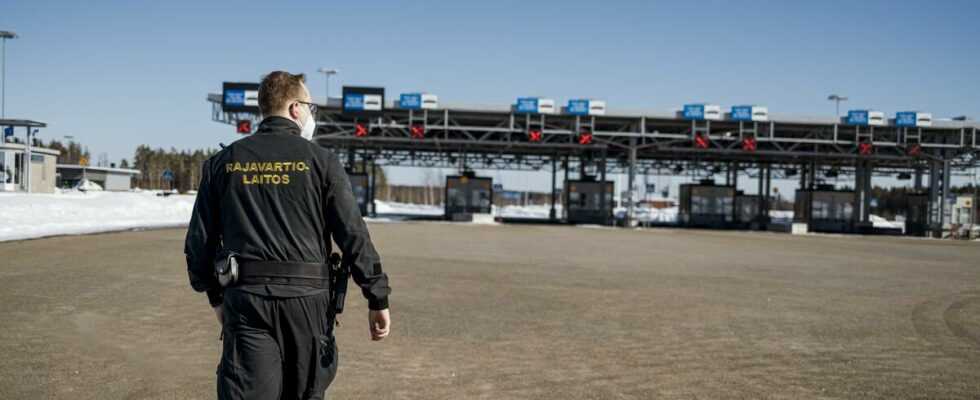Ukrainian crisis
Article reserved for subscribers
Unprecedented since the beginning of the war, Russian works estimated at 42 million euros were seized at a Finnish border post. A decision allowed by a legal vagueness, and which raises questions about the return of the Morozov collection to Russia.
After yachts, works of art! On Wednesday, Finland tackled a new and very visible part of Russian heritage, deciding to seize at the Vaalimaa border post, in the south-east of the country, works of art belonging to Russian collections. The works would have been in transit from Japan and Italy, and their value estimated at 42 million euros. Some were to return to the prestigious Hermitage Museum in Saint Petersburg. These include works from the Grand Tour exhibition which took place at the Gallerie d’Italia which ended on March 27. Among them is a amorino, marble by Antonio Canova made for the Russian prince Nicolaj Borisovic Jusupov. It is the first time that, in the context of the war in Ukraine, such a seizure of works of art belonging to the Russians has been decided; it occurs at the currently busiest border crossing between Finland and Russia.
Moscow immediately retaliated. Thursday morning, the Finnish ambassador in the Russian capital, Antti Helanterya, was urgently summoned to the Ministry of Foreign Affairs. denouncing “legal anarchy” and recalling that “the return of cultural property legally located abroad within the framework of cooperation between museum institutions cannot be subject to restrictions”, the ministry also said in a statement that pending “that such a decision be taken, the Finns were entirely…
